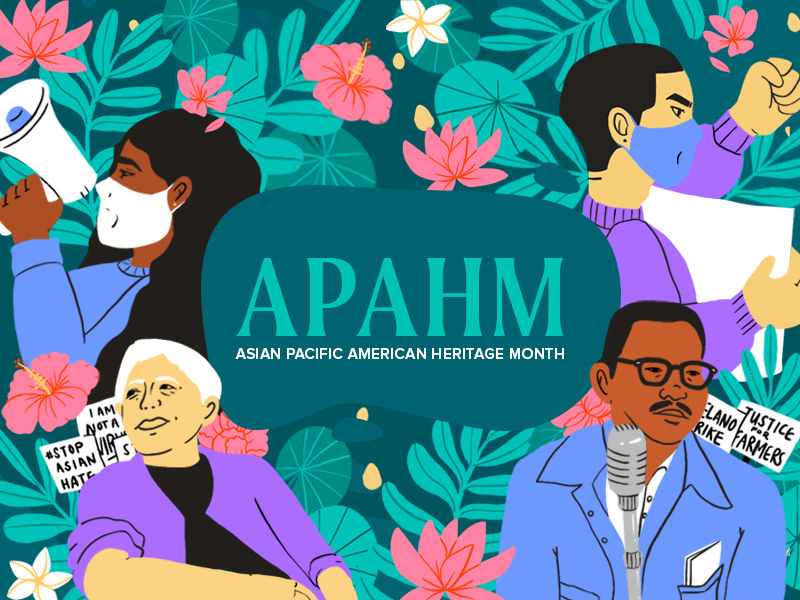Nothing about the recent “spike” in AAPI hate crimes is new — except that Asian people are now established enough in America for people to care. Every generation or two, there has been a “yellow scare,” and the populace reacts to it the same way we see it happening now.
In 2021, a select group of East Asians was lucky enough to come over as grad students and have children who are doctors, lawyers, and engineers. American Oscar winners, musicians, and astronauts have Asian faces. Our dollars count. More of us can vote. Few of us are scared.
But the violence continues, the same way it has every generation since immigration officials created the first “oriental” box on visa applications. Daniel Dae Kim flexing his beautiful chiseled jawline for a good cause and Gemma Chan shooting some tweets is great, but representation is not enough. To break the cycle, education on intersectional civil rights is paramount, both for police and society at large.
“There is a range of education out there that has not been accessed by the general American public,” says Michael Chang, a University of California, Berkeley, lecturer specializing in Asian American studies. “That’s the important thing — that this is about our own history. How did this particular moment get triggered?”
Here we delve into 10 key AAPI trailblazers, landmark cases, and historical instances of exclusion and violence that you probably didn't learn about in school (at least I didn't, and I went to a highly ranked public school):
1. Grace Lee Boggs

2. Yick Wo v. Hopkins
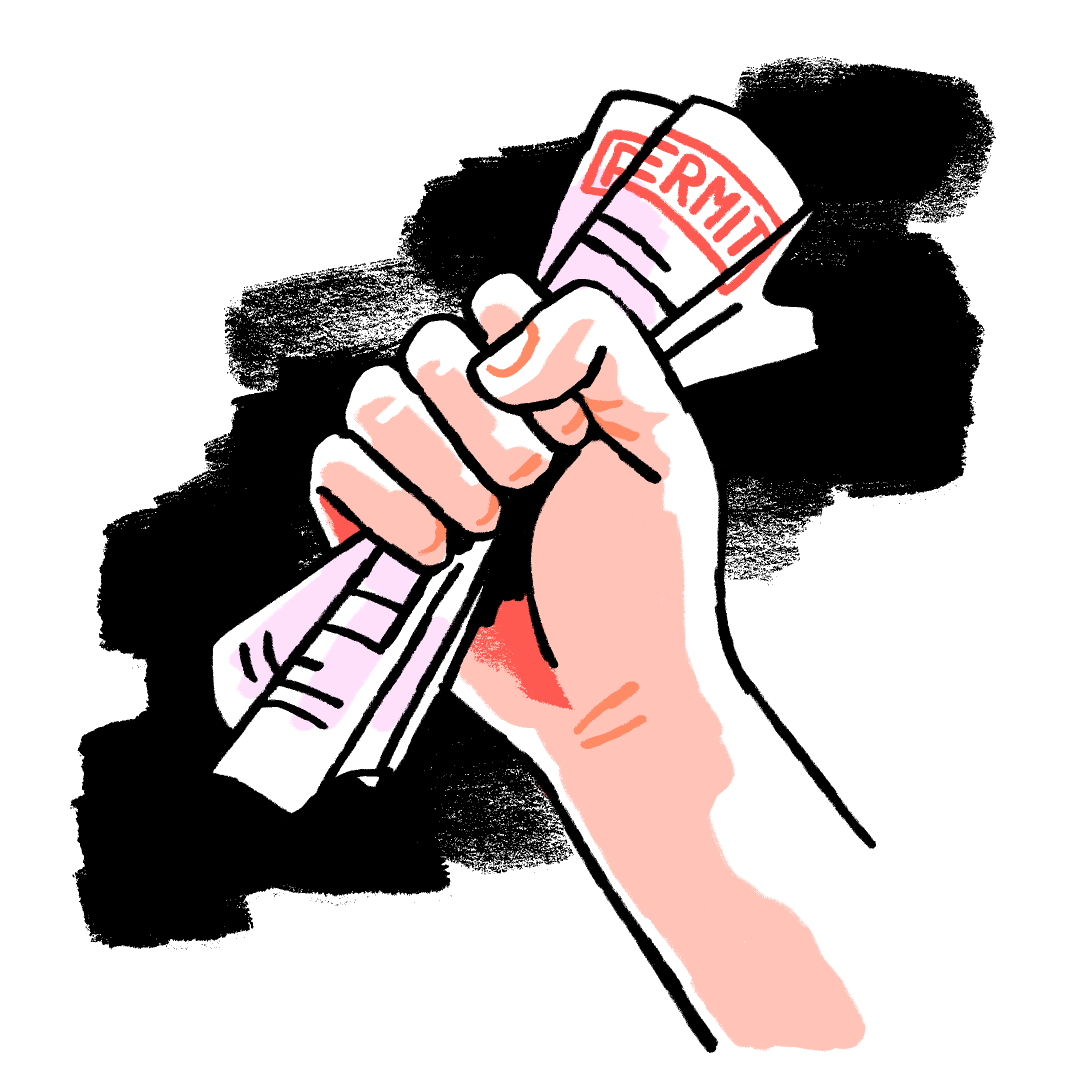
3. Massacre of 1871
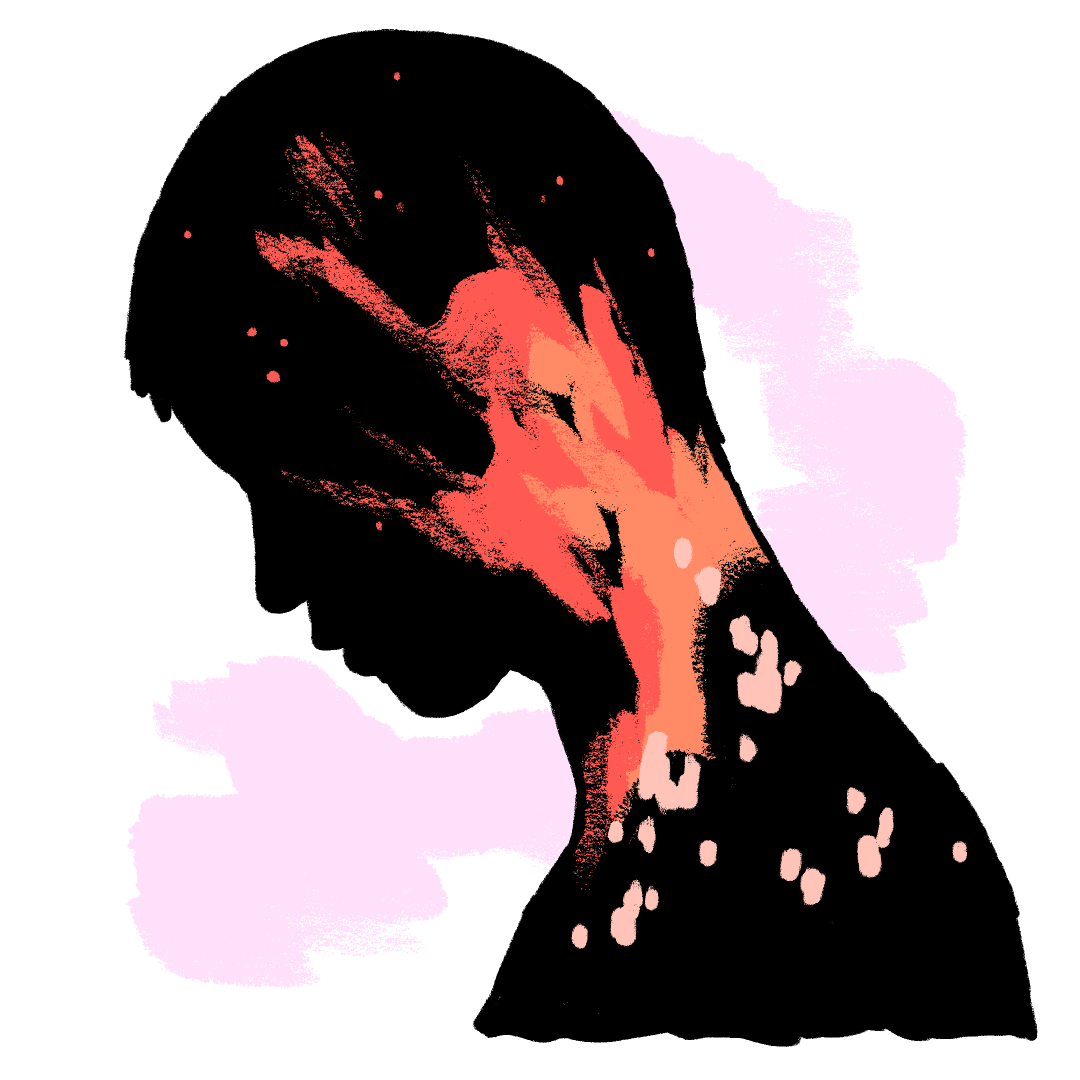
4. Dalip Singh Saund
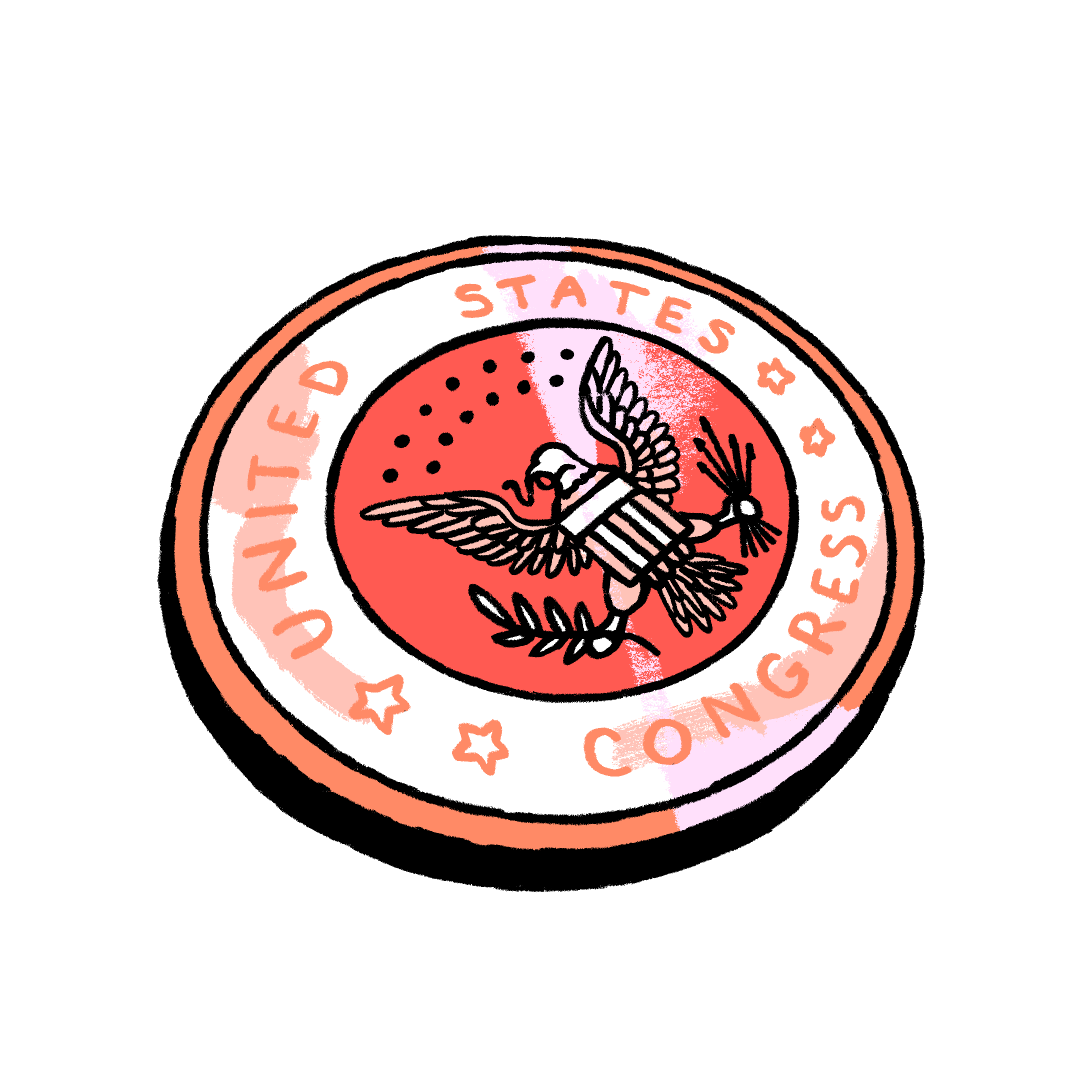
5. No-No Boys
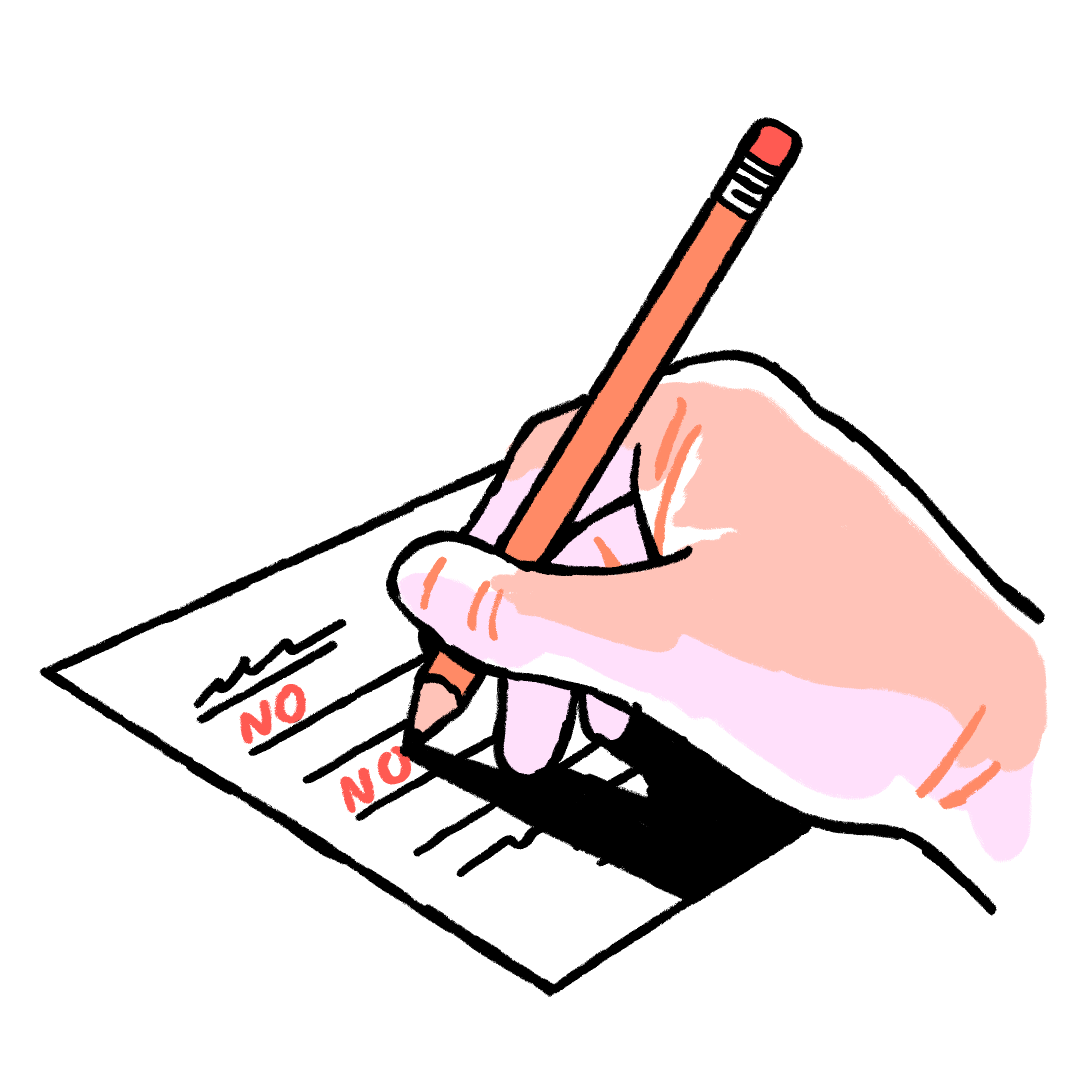
6. Vietnamese Fishermen v. KKK in the Gulf Coast
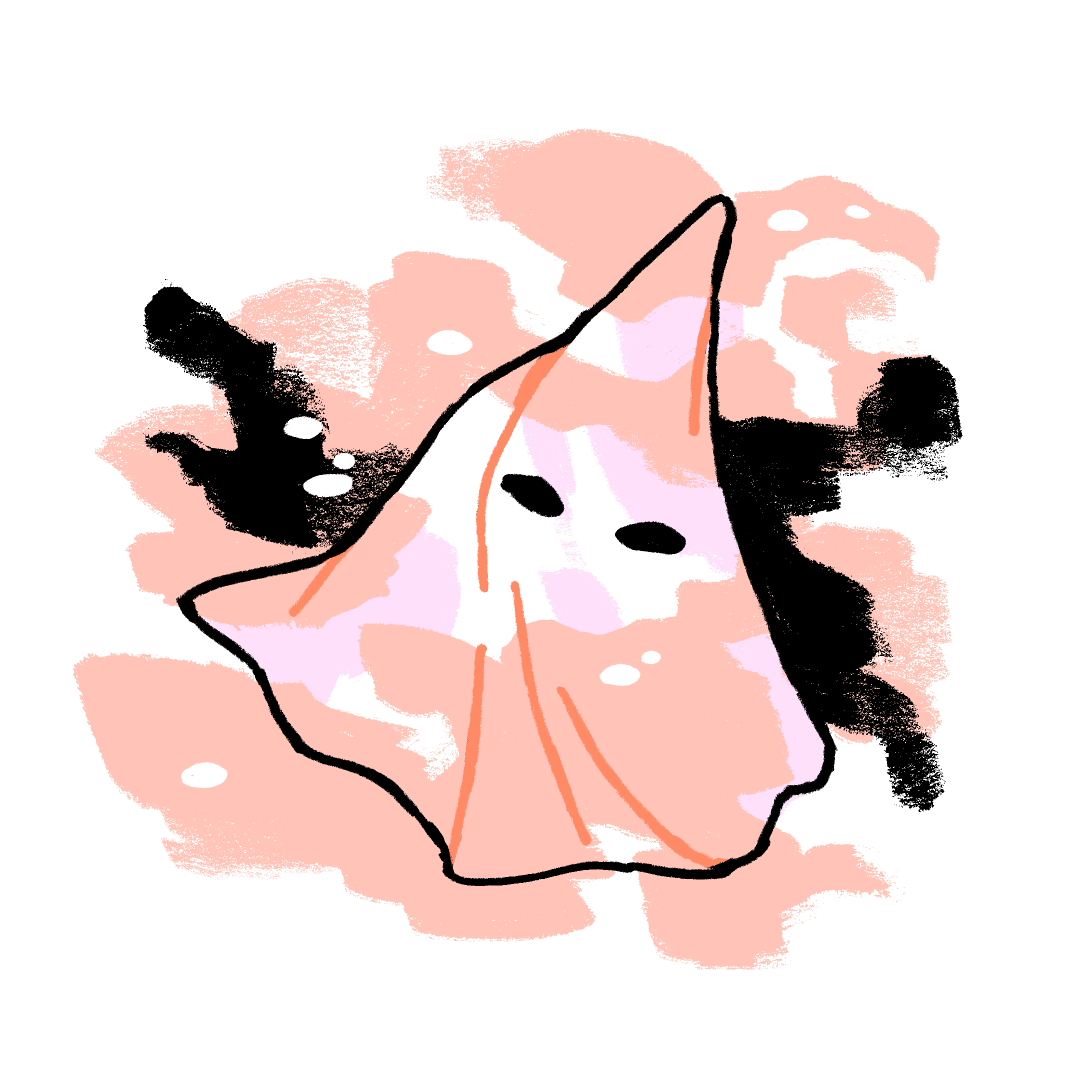
7. Angel Island

8. Larry Itliong and the Filipino Labor Movement
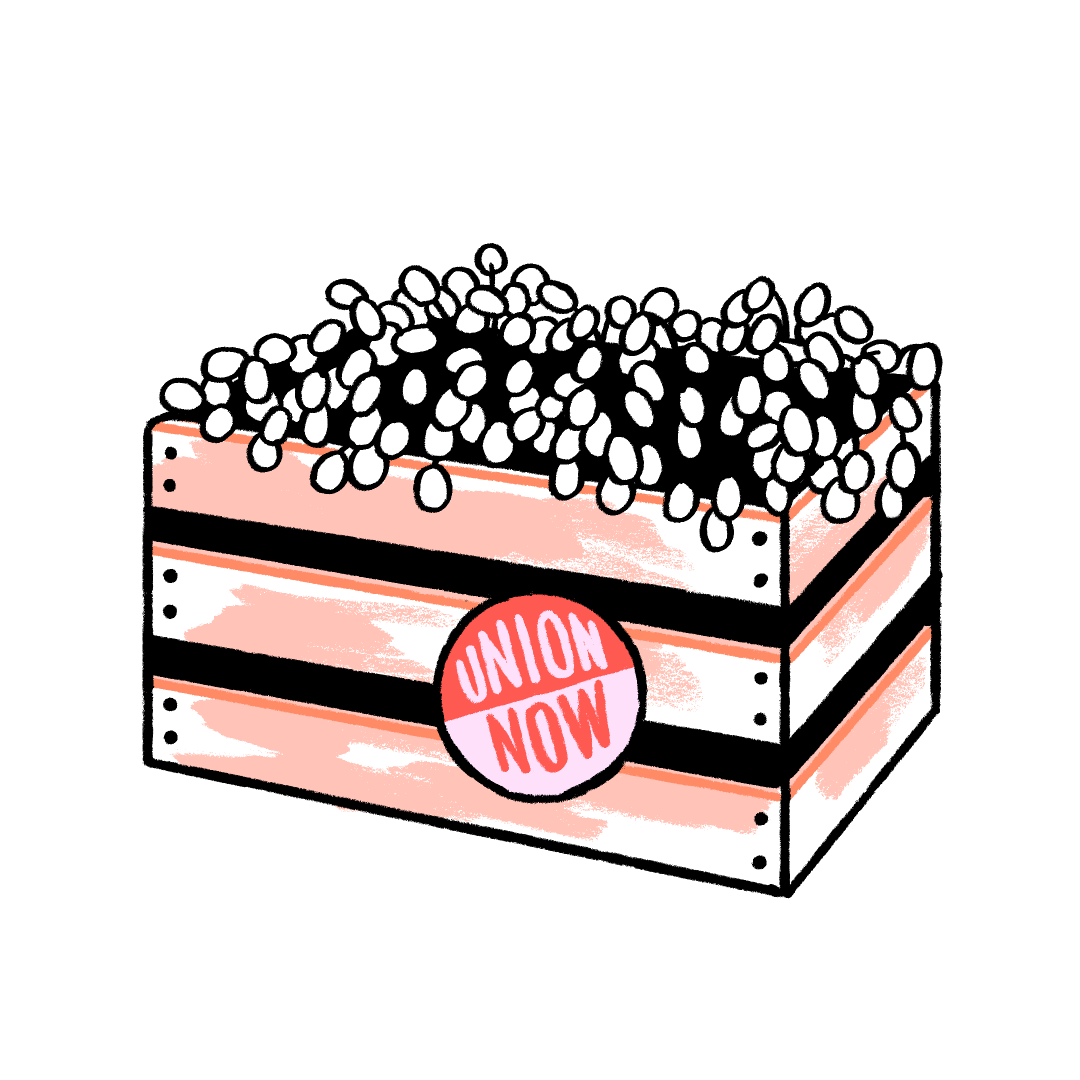
9. Chin Lung "The Potato King"
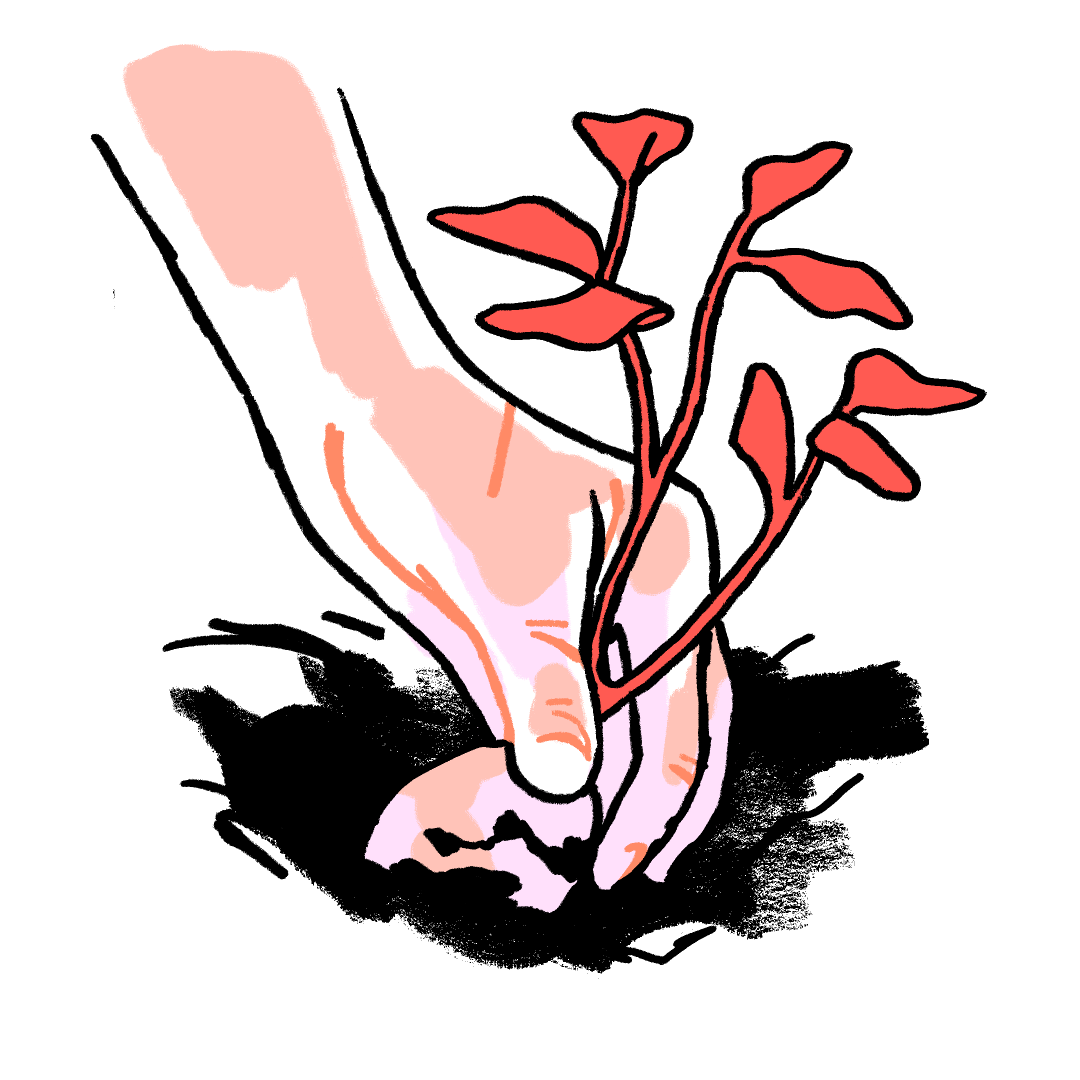
10. The Murder of Vincent Chin
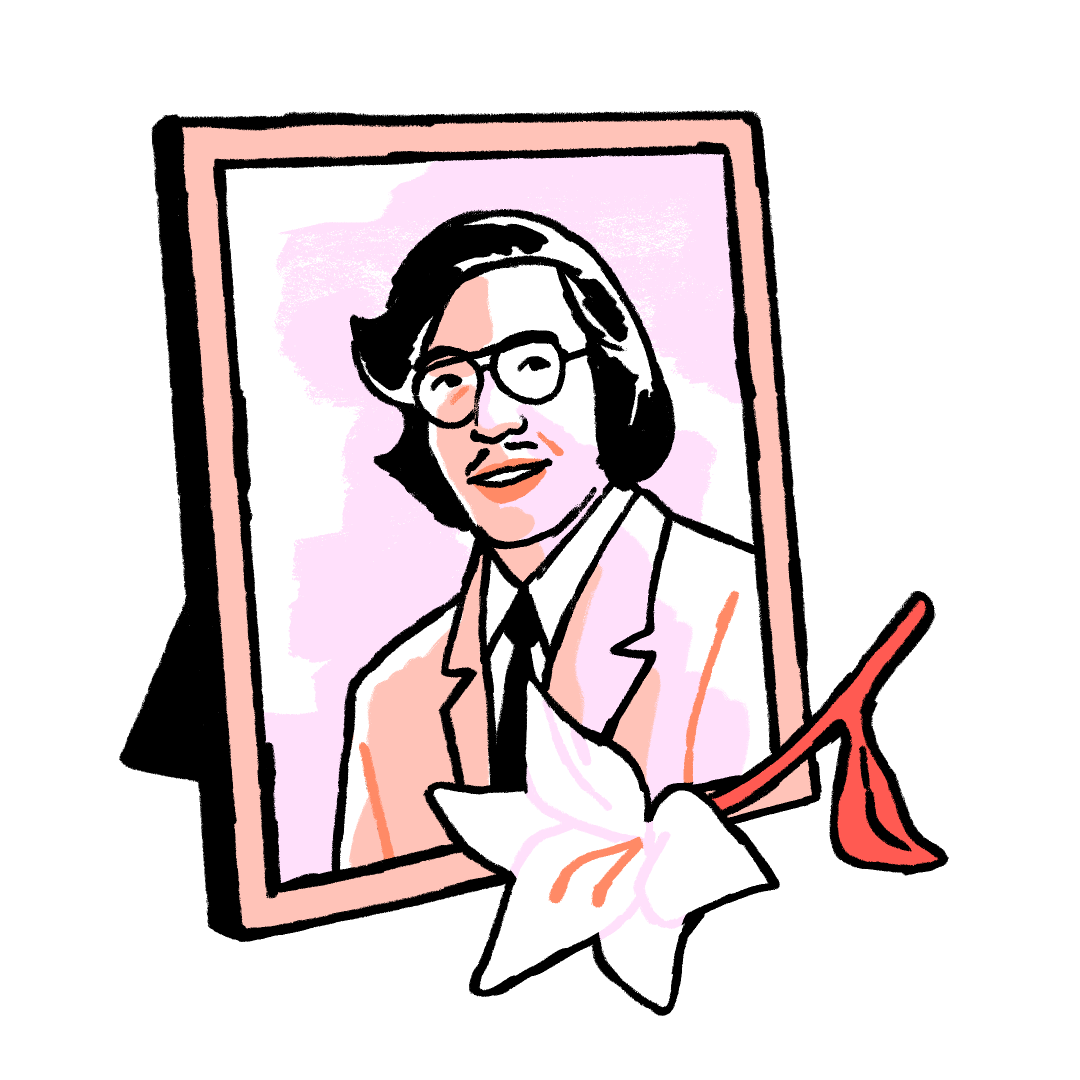
Check out how BuzzFeed is celebrating Asian Pacific American Heritage Month! And follow @buzzfeedapop on Instagram!
